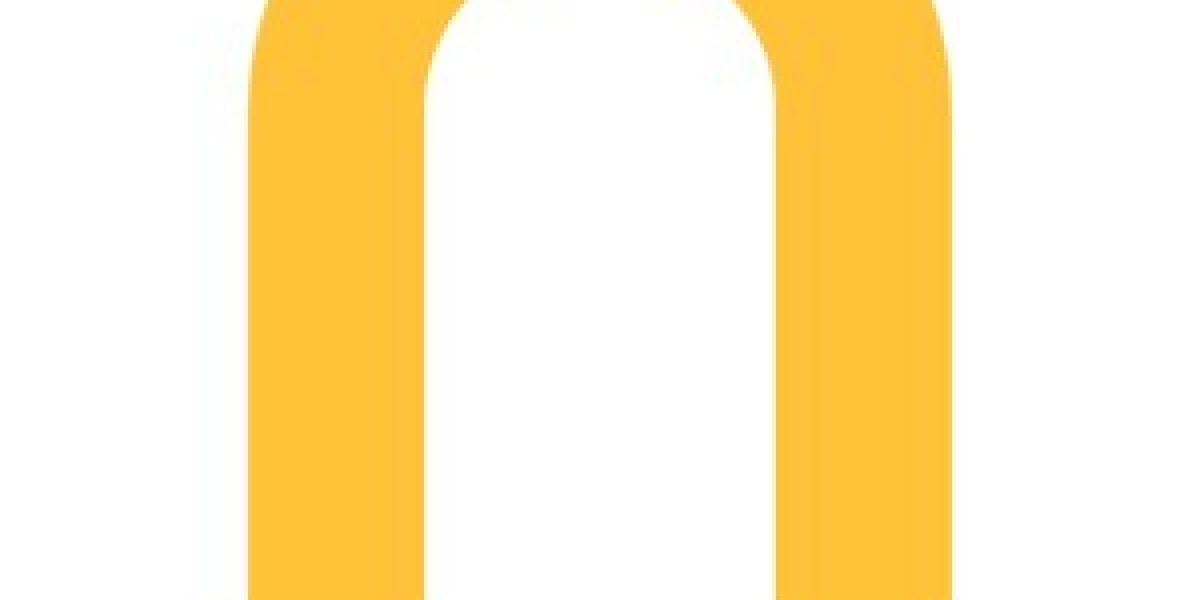In today’s blog post, GTE Localize will guide you through 6 proofreading tips to better manage your Arabic document translation and localization projects.
#1. Numbers in Arabic
The fact that Arabic documents use two separate writing systems for numerals is a perplexing aspect. Many people have trouble understanding how to read and comprehend numbers when they come across them in an Arabic document translation.
Numerals are read LTR (left-to-right), opposing the directionality of the RTL (right-to-left) Arabic words. And there are two different sets of numbers: Hindi numerals and Arabic numerals.
| Hindi | ٠ | ١ | ٢ | ٣ | ٤ | ٥ | ٦ | ٧ | ٨ | ٩ |
| Arabic | 0 | 1 | 2 | 3 | 4 | 5 | 6 | 7 | 8 | 9 |
Though there is usually one numeral system being used in an Arabic document, you may occasionally see both on the same page. This can be the consequence of a mistake, a deliberate decision, or a word processing software bug. Combining the two systems is not advised because of the potential for confusion.
You should grow accustomed to managing Hindi and Arabic numerals in Arabic texts if you are a proofreader or a localization manager who handles the LQA step.
#2. Formatting: LTR and RTL
As mentioned in the previous part, Arabic texts are read from right to left, and it matters a lot when coming to the formatting part. The correct format may improve or break the overall presentation of an Arabic document translation. For most persons who are not accustomed to moving between LTR and RTL directionality, the procedure itself can be difficult.
Here are some notes that you have to check when proofreading.
- InDesign version: make sure that the team is using an Arabic-supporting version of InDesign or the Middle Eastern version.
- Paragraph direction: It is imperative to adjust the paragraph’s orientation from right to left.
- Story direction: It refers to how the text moves across columns. The initial column will be on the right side in Arabic and other Right-to-Left languages, and additional columns will be placed to the left.
- Table direction: In a right-to-left language, the first column is the farthest to the right, and any additional columns are added to the left.
#3. Punctuation in Arabic Document Translation
Arabic punctuation practices can differ significantly from other languages. It might be challenging to decipher the structure of a text when you come across pages-long paragraphs that aren’t separated in any way.
Sometimes, you could encounter brackets where quotations should be, commas where periods should be, dashes where slashes should be, or vice versa. Therefore, double-checking for correct punctuation placement throughout the proofreading stage is necessary. GTE Localize has the Premium package that can support you on this step.
There will be 3 native linguists in charge of your Arabic document translation: 1 person translates the text, 1 person edits the draft, and the other proofreads the final. Also, your project will be supported by the top leading CAT tools and has a lifetime warranty.
We ensure that the intended audience will comprehend the precise rhythm and flow that are supported by the appropriate grammatical symbols.
#4. Consider The Context Carefully
You may come across a frequent phrase like “نظام”, but are not sure whether it refers to a “law” a “system” or a “regime”? In any event, the context and kind of document can greatly alter the meaning of the content.
As a result, each translation’s tone and subject matter should be provided to both translators and proofreaders of an Arabic document translation project. When better equipped, translators and editors can choose the best suitable word to efficiently localize your business in Arab countries.
#5. Don’t Forget The Formalities
Arabic has several titles for people with different degrees and professions (Dr. for Ph.D. or M.D. holders, Eng. for engineers, and Mr. for other professionals). However, several business Arabic titles just do not have equivalence in other languages.
For instance, the honorific “المحترم” (Respected), which is often reserved for judges in English, may come after a person’s name on occasion. This word and other honorifics are frequently not translated.
Some distinctively Arabic formalities must always be translated correctly. As members of the royal family hold many cabinet and ministerial positions, understanding the difference between royal titles, such as “His Excellency” vs. “His Highness,” is essential when dealing with monarchical regimes.
Don’t forget to check over these business customs, because it matters a lot in your Arabic document translation, and can even help your document stand out to Arabic-speaking clients.
#6. Handle Machine Translation Post-editing Part with Native Linguists
Technology is developing at a quick speed, and Machine Translation is now widely used. Many businesses can run their Arabic document translation through Machine Translation if they lack the time, money, or have no other better options.
Maintaining linguistic correctness is important at all times, but it’s more crucial when dealing with a language that has several dialects and is widely spoken like Arabic. Instead of leaving Arabic texts up to Machine Translation, you should collaborate with native translators in the post-editing and proofreading section.
GTE Localize with native linguists from Arabic-speaking countries can manage the proofreading part of your Arabic document translation effectively. Having a deep understanding of the regional culture, our team is committed to doing an internal LQA cycle on large-volume Arabic translation projects as well as an XBench QA. This cost-free task is to ensure that you get the most accurate Arabic document translation.
So book a 1:1 consultancy immediately to receive further information about our reasonable pricing and excellent quality backed by a lifetime guarantee.
#GTE #GTELOCALIZE
https://fieldengineer.activeboard.com/t71157886/what-should-you-know-about-translation-glossary/
https://spoutible.com/gtelocalize/
https://www.recepti.com/profile/view/103405
https://www.tractorbynet.com/forums/members/gtelocalize.401988/about










